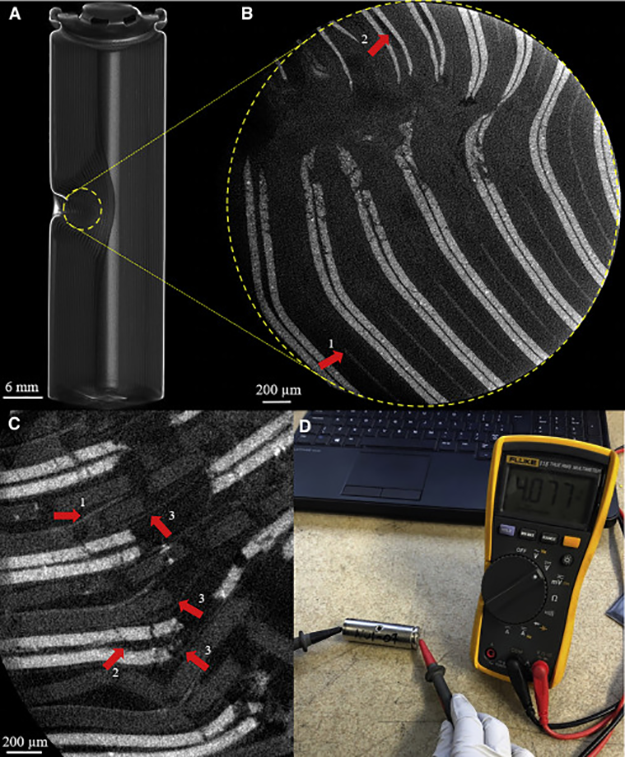Plaid Fire Car fires are scary. Airplane fires are even more so, since you can’t just pull over and hop out. Scientists at the National Renewable Energy Laboratory (NREL) and NASA, and in England and France may have come up with a way to stop electric car fires. Owners of petrol-powered autos will have to continue to check for leaking flammable fluids, greasy engines, and sources of the 140,000 car fires in the US alone every year. There aren’t that many electric car fires, but they make the news. One in particular, a brand new, low-mileage Tesla S Plaid, melted down after self-igniting. Reportedly, the $130,000 car briefly trapped the owner inside. The Verge reports, “Luckily, the driver escaped alive. It’s also important to note that this could be a flaw with the design, but further investigation is necessary to confirm or refute this possibility.” A headline fire like this draws headline legal attention – in this case from Mark …
Phosphorene Nanoribbons may Enhance Batteries, Solar Cells
A great deal is made of how many great scientific discoveries are made by accident for everything from penicillin to Post-its®. With no fewer than ten authors for the Nature letter “Production of phosphorene nanoribbons,” their discovery hardly seems “accidental.” The letter, authored by Mitchell C. Watts, Loren Picco, Freddie S. Russell-Pavier, Patrick L. Cullen, Thomas S. Miller, Szymon P. Bartuś, Oliver D. Payton, Neal T. Skipper, Vasiliki Tileli and Christopher A. Howard, explains their happy “accident.” A Happy Accident “Nanoribbons, meanwhile, combine the flexibility and unidirectional properties of one-dimensional nanomaterials, the high surface area of 2D nanomaterials and the electron-confinement and edge effects of both. The structures of nanoribbons can thus lead to exceptional control over electronic band structure, the emergence of novel phenomena and unique architectures for applications.” The discoverers of phosphorene nanoribbons were trying to separate layers of phosphorus crystals into two-dimensional sheets, but they ended up with “tiny, tagliatelle-like ribbons one single atom thick and only 100 atoms of so across, but up to 100,000 …
$1.50 a Gallon, Carbon-Free, and Maybe?
Gizmag readers responded pretty much equally with hope and skepticism to today’s story on Cella Energy’s announcement of their hydrogen-based, emissions-free fuel that would power your car for $1.50 a gallon. One asked if it were April 1 yet. Others held out more charitable views of the announcement, and perhaps deservedly so. Cella’s diagram compares bulky high-pressure storage with room-temperature, ambient-pressure storage solution Cella is partially a spinoff of Oxford University’s ISIS programs, named for the Egyptian goddess of magic and life and overflowing with demonstrated successes. We’ve reported on their Yokeless And Segmented Armature (YASA™) topology motor, a 34-centimeter (13.4 inches) diameter, 7-centimeter (2.76 inches) thick, 11 kilogram (23.2 pound) marvel that can produce a peak 100 kilowatts and 700 Nm (516 foot-pounds) of peak torque. Cella’s web site claims several important factors that would lead to success, including: “Hydrogen fuels for vehicle you can pump like regular gasoline at room temperature and pressure, safer to use than gasoline or …


